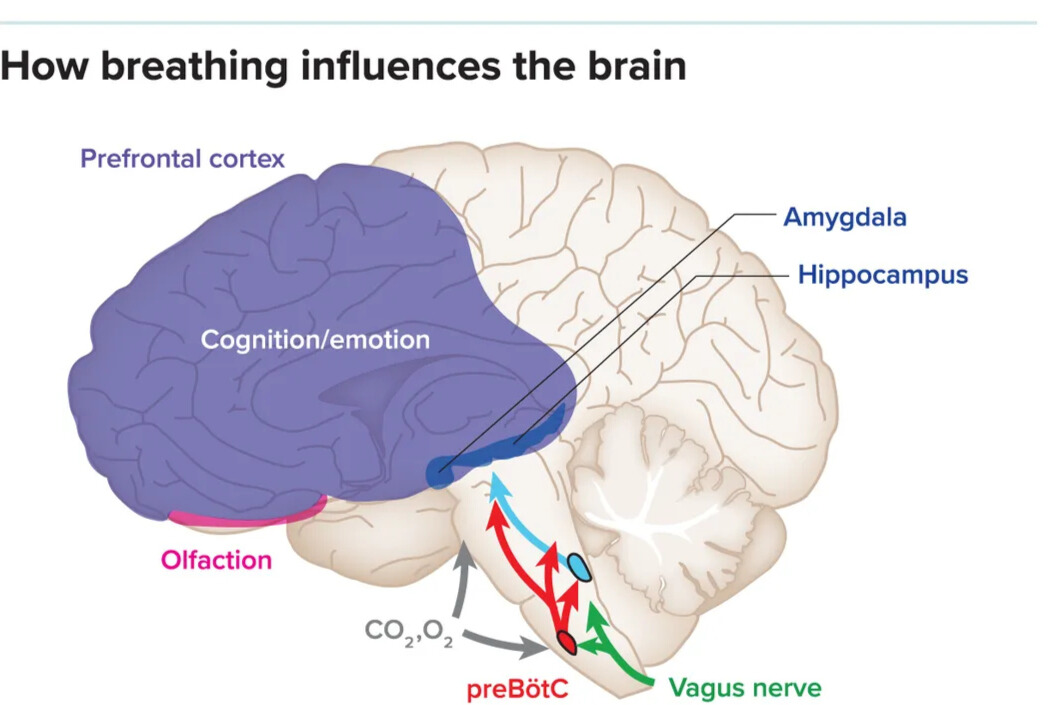Art and History, mdma, Psilocybin
The Science Behind Deep Breathing and Relaxation
In the midst of daily stress, distractions, and constant stimulation, we often overlook one of the most powerful tools for healing and calm — our breath.
Deep breathing is not just a trendy wellness tip or a meditation practice. It’s a scientifically validated technique with profound effects on the brain, nervous system, and even physical health. Understanding how deep breathing works can help you unlock its full potential for relaxation, focus, and emotional balance.
Let’s explore what happens inside your body when you breathe deeply — and why it’s one of the most effective natural ways to relieve stress and tension.
What Is Deep Breathing?
Deep breathing, also known as diaphragmatic breathing or belly breathing, involves consciously inhaling and exhaling slowly, fully, and with intention. Unlike shallow breathing (which often occurs during stress and only uses the upper chest), deep breathing engages the diaphragm — a large muscle beneath your lungs.
When practiced regularly, this form of breathing sends powerful signals to your brain and body that it’s time to relax.
How Deep Breathing Affects the Nervous System
At the heart of the relaxation response is the autonomic nervous system, which controls involuntary functions like heart rate, digestion, and stress responses. It has two main branches:
- Sympathetic Nervous System (SNS): Activates the fight-or-flight response (increased heart rate, tension, rapid breathing)
- Parasympathetic Nervous System (PNS): Activates the rest-and-digest response (slows heart rate, promotes calm, supports digestion)
🧠 Here’s the Science:
When you practice slow, deep breathing:
- It stimulates the vagus nerve, a key player in the PNS.
- This activates the parasympathetic response, slowing the heart rate and lowering blood pressure.
- It reduces cortisol (the stress hormone) and promotes feelings of relaxation and safety.
In essence, deep breathing tells your brain and body you’re not in danger, even if your mind is racing.
Physiological Benefits of Deep Breathing
Scientific studies have confirmed that deep breathing has measurable effects on the body:
1. Reduces Heart Rate and Blood Pressure
A study published in the Journal of Hypertension found that regular deep breathing reduced blood pressure in patients with mild hypertension. It also slows the heart rate, a key marker of calmness.
2. Balances Oxygen and Carbon Dioxide
Shallow, rapid breathing leads to low carbon dioxide (CO₂) levels, which can trigger symptoms like dizziness and anxiety. Deep breathing restores optimal oxygen–CO₂ balance, stabilizing the nervous system.
3. Improves Heart Rate Variability (HRV)
HRV is a measure of your body’s ability to adapt to stress. A higher HRV is linked to better emotional regulation and resilience. Deep breathing boosts HRV, especially when practiced with mindfulness.
4. Enhances Immune Function
Chronic stress weakens the immune system. Deep breathing reduces stress hormones, allowing your immune system to function more efficiently.
Mental and Emotional Effects of Deep Breathing
Deep breathing doesn’t just relax the body — it calms the mind too.
🧠 Cognitive Benefits:
- Improved focus and clarity: Deep breathing boosts oxygen to the brain, enhancing cognitive function.
- Reduced rumination: Slow breathing interrupts anxious or repetitive thought patterns.
- Emotional regulation: Activating the parasympathetic system helps stabilize mood swings, frustration, and fear.
In one 2017 study (Frontiers in Psychology), participants who practiced deep breathing exercises daily reported significantly lower levels of anxiety, depression, and stress.
Different Deep Breathing Techniques You Can Try
The beauty of deep breathing is that it’s simple, free, and effective. Here are a few popular techniques:
1. Box Breathing (Square Breathing)
- Inhale for 4 seconds
- Hold for 4 seconds
- Exhale for 4 seconds
- Hold again for 4 seconds
Repeat for 3–5 minutes
Popular among Navy SEALs, this method improves focus and calm under pressure.
2. 4-7-8 Breathing
- Inhale through the nose for 4 seconds
- Hold for 7 seconds
- Exhale slowly through the mouth for 8 seconds
Great for relaxing before sleep or during anxious moments.
3. Diaphragmatic Breathing
- Place one hand on your chest, one on your belly
- Inhale through your nose, feeling your belly expand (not your chest)
- Exhale slowly and fully
Practice for 5–10 minutes daily to train your body for better breathing patterns.
When and How Often Should You Practice?
You don’t need to wait until you’re stressed to use deep breathing. Like any skill, it works best when practiced consistently.
🕒 Ideal Times:
- First thing in the morning (set the tone for the day)
- During work breaks (reset your focus)
- Before sleep (prepare your body to rest)
- In moments of stress or emotional overwhelm (calm your response)
Start with just 5 minutes a day, and gradually increase. Even just a few deep breaths in a tense moment can make a difference.
Final Thoughts: Breathe Better, Live Better
Deep breathing is a bridge between body and mind, and one of the most effective natural tools for calming the nervous system. Backed by science and supported by centuries of practice, it can help you feel more present, more peaceful, and more in control — no matter what life throws at you.
So the next time you feel overwhelmed, anxious, or disconnected, pause — and take a slow, intentional breath. Your body already knows the way back to calm.

